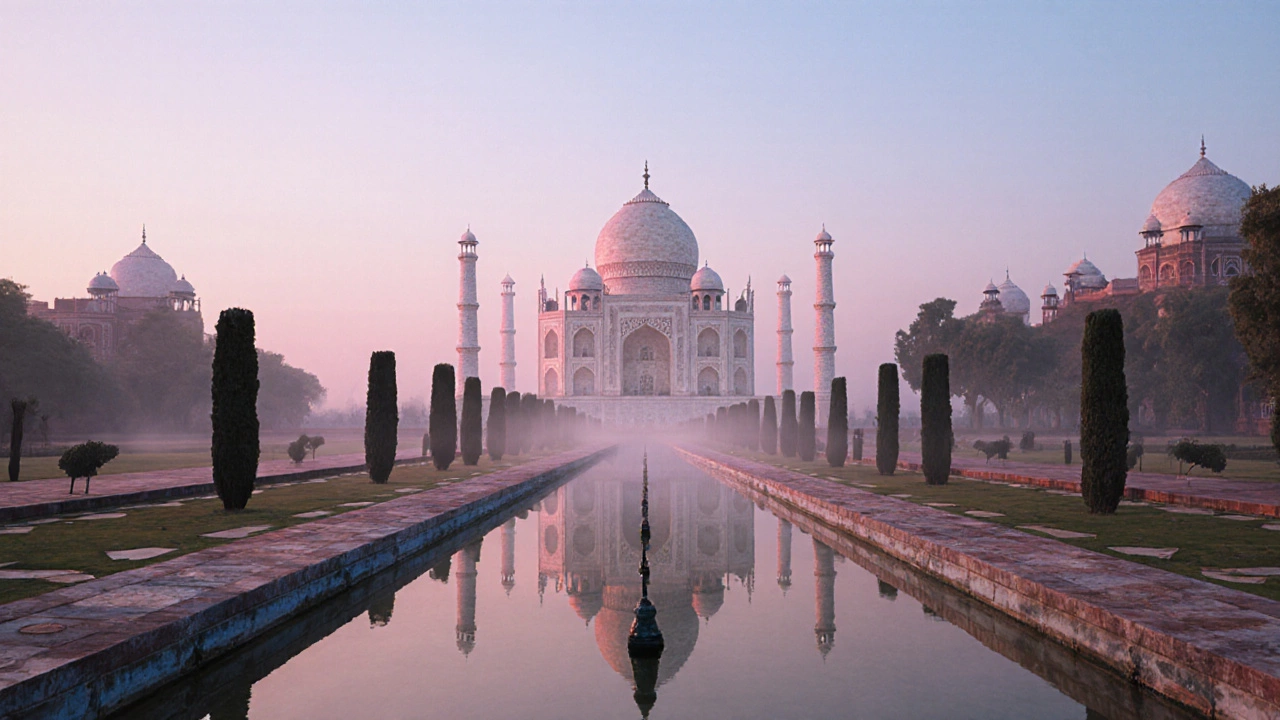Fatehpur Sikri: India's Abandoned Mughal Capital and Heritage Gem
When you think of India’s grand Mughal legacy, the Taj Mahal comes to mind—but Fatehpur Sikri, a meticulously planned Mughal capital built in the 16th century that was suddenly abandoned just 14 years later. Also known as the City of Victory, it’s not just a ruin—it’s a frozen moment of imperial ambition, religious tolerance, and architectural genius. Unlike other historic sites that grew over time, Fatehpur Sikri was built from scratch in just five years, using red sandstone and precision craftsmanship that still leaves visitors in awe.
It was Emperor Akbar’s vision: a capital that reflected his belief in unity across faiths. Here, you’ll find the Buland Darwaza, the tallest gateway in the world, built to celebrate his victory in Gujarat. Just steps away is the Panch Mahal, a five-story palace designed for relaxation, where the breeze flowed through open columns. Then there’s the tomb of Salim Chishti, a Sufi saint whose blessings Akbar sought for an heir—his white marble tomb still draws pilgrims today. The site also holds the Diwan-i-Khas, where Akbar held private debates with scholars of Islam, Hinduism, Christianity, and Zoroastrianism. This wasn’t just a palace complex—it was an early experiment in secular governance, centuries before the idea became mainstream.
Fatehpur Sikri sits just 40 kilometers from Agra, making it an easy day trip for anyone visiting the Taj Mahal. But while the Taj is a monument to love, Fatehpur Sikri is a monument to vision—and its sudden desertion adds a haunting mystery. Why did Akbar leave? Water shortages, political pressure, or a spiritual calling? No one knows for sure. What we do know is that this city, though empty, still speaks louder than most living ones. Its courtyards echo with history, its arches frame the sky like a painting, and its silence tells a story no guidebook can fully capture.
What you’ll find in the posts below are real traveler insights, historical context, and practical tips—whether you’re planning a visit, comparing it to Jaipur or Agra, or wondering why it’s a UNESCO site while other places aren’t. You’ll see how it fits into India’s broader heritage landscape, why it’s often overlooked, and how to make the most of a trip there. No fluff. Just facts, stories, and the kind of details that turn a sightseeing stop into a meaningful journey.
- Nov, 1 2025
- 0 Comments
The Taj Mahal stands as India's most beautiful historical place-not just for its marble grandeur, but for the deep love story behind it. A masterpiece of emotion, symmetry, and craftsmanship, it draws millions each year to witness its quiet, timeless beauty.
More